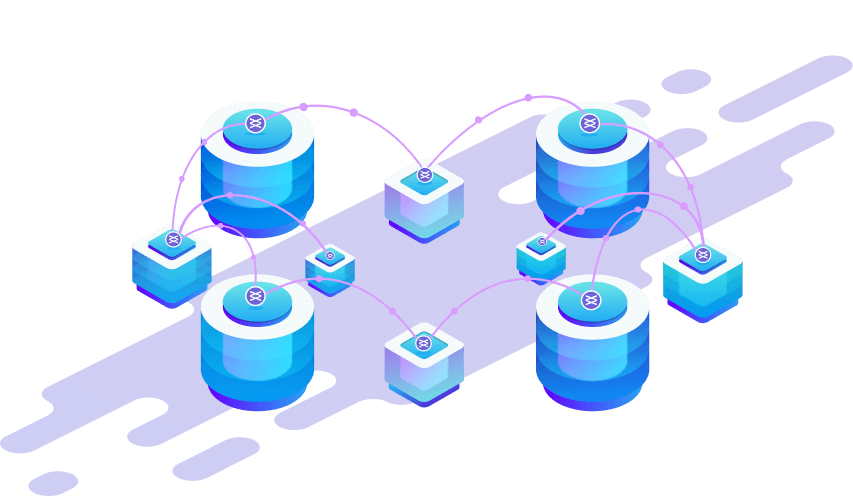Why CRM data sharing is business critical
Revenue in the Enterprise Software segment is projected to reach US$243.30bn in 2022. The largest sub segment is Customer Relationship Management (CRM) Software with a projected market volume of US$70.92bn in 2022.Businesses spend heavily on CRM systems for a good reason: There’s a data gold mine stored in these systems. For instance, several critical processes, like running marketing campaigns, tracking sales leads, delivering invoices, and managing support cases all rely on CRM systems.
Thus far, the best use of CRM systems has been within the boundaries of a single CRM instance shared by many organizational units and users. However, as businesses specialize, unique business lines emerge, departments grow in size, etc., businesses need to deploy multiple CRM instances to streamline each organizational unit’s unique customer-facing processes. Moreover, in the case of business partnerships and alliances, organizations find themselves using multiple CRMs because each partner (operating as a distinct business entity) uses its own CRM while collaborating.
The major challenges arising out of this fragmentation into multiple CRMs is quite obvious: How do multiple CRMs talk to each other? How do they share real-time data across multiple CRMs simultaneously?
Clearly, there’s a need to provide a comprehensive and easy-to-use multi-party CRM integration solution, especially for data sharing. Businesses would realize several benefits quickly and notice a healthy return on their investment by using such a solution:
- Business entities can accelerate co-selling/co-marketing opportunities and speed up critical business processes by sharing their CRM data in an automated and timely manner - often in real time.
- In the case of mergers and acquisitions, businesses can accelerate their path to value realization by cross-selling into their respective customer base by sharing CRM data.
- Often, customers unlock new insights and initiatives by stitching together a full picture by relying on data from multiple CRM systems.
Unfortunately, building such solutions isn’t easy. There are several roadblocks:
- The battle for access to talent for popular CRM systems like Salesforce is fierce as the demand grows (an IDC 2021 study found Salesforce alone will create 9.3M jobs by 2026). It gets even more challenging trying to find talent that can deal with multi-vendor CRM systems e.g., Salesforce AND Microsoft Dynamics.
- CRM systems deployed in each business entity have unique data models to capture their business needs. Therefore, sharing data between CRMs requires a huge effort in mapping and transforming data to understand and talk to each other’s data models.
- So far, attempted solutions for CRM integrations and data sharing have had limited success because they are for the most part, point-to-point. For instance, if you have three or more CRMs to talk to each other, you are building a complex web of integrations that is difficult to manage, scale, and enhance. It’s also a lot of custom work that needs expensive, manual effort.
- Even where such solutions have been deployed, adoption is quite low because the shared data isn’t trustworthy between the CRMs. Adoption is also low because there is minimal executive alignment between the different CRM owners. That low adoption is grounded in reality — after all, the data being shared between the CRMs are being built using leaky pipes as foundational materials that cannot support in any of these business critical needs:
- Update the different CRMs in real time
- Track historical change to shared data in a traceable, auditable ledger.
- Meet compliance mandates imposed by industry regulators
There is a better way. At Vendia, we’ve built a robust, CRM-friendly data-sharing solution that overcomes all of the challenges outlined above. It’s the future of data sharing.
Curious to see the power of Vendia’s CRM data sharing solution? Watch this webinar.



